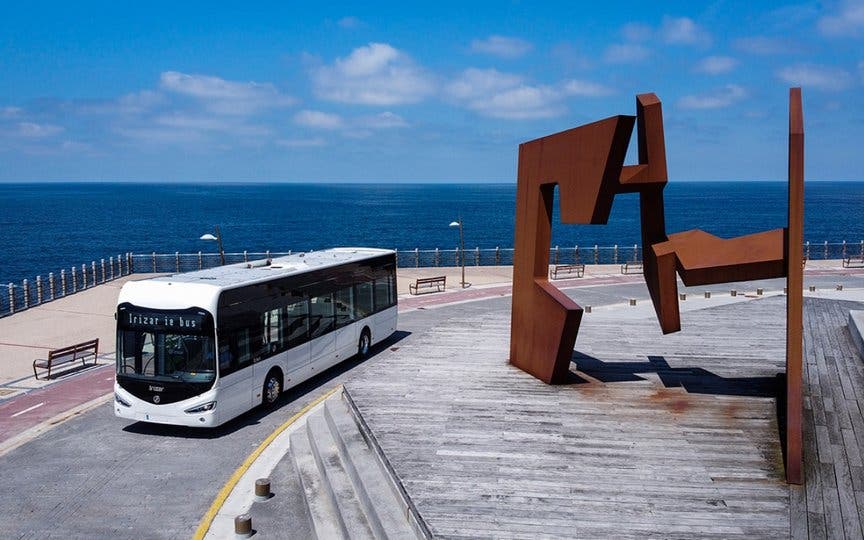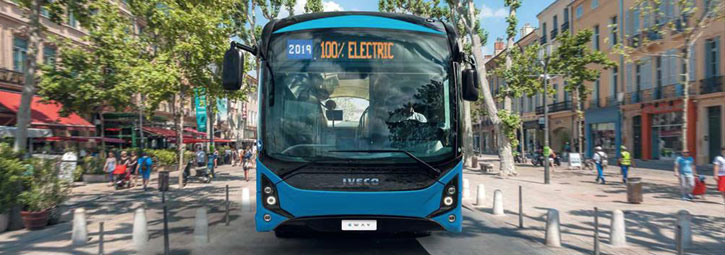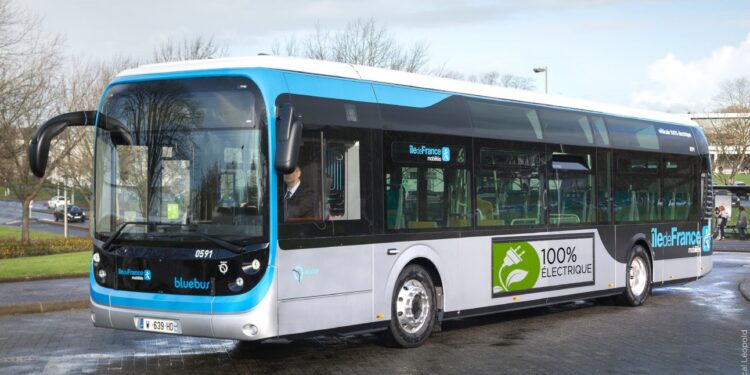Following sustainable mobility plans and opening up the panorama towards green transportation means, the Île-de-France Mobilités (Parisian transport authority) announced the purchase of 451 electrified buses, together with the Parisian Autonomous Transport Administration (RATP), to implement the Bus2025 project.
The acquisition has become one of the largest at EU scale in support of electrification. A total of three different manufacturers (Iveco, Bluebus and Irizar) are part of the Parisian fleet of green buses, in order to keep reducing carbon emissions, an objective set by these two entities since 2015.
The short-term goal is to eliminate up to 50% of emissions from Earth, therefore, the replacement of the current gasoline and diesel fleet by new eco-friendly “machinery” will serve to achieve the target, considering the large number of trips made in the French capital every day (3.9 million, either partial or total routes).
Related content: France Innovates in Road Safety with Autonomous Radars

They will specifically be 180 Iveco buses, 158 BlueBus buses and 113 Irizar buses, which are estimated to be delivered to the Parisian fleet between 2022 and 2023, to be part of an initial fleet planned to cover the French capital from one end to the other. It is also expected that 825 million euros will be set aside from the budget to add more units from two additional manufacturers: Solaris and Man.
New Buses Features
Iveco will provide Paris with the Iveco E-WAY, a bus measuring 12 meters in length. Moreover, it has three charging modes: via pantograph (ascending or descending); in deposits; and mixed, one of the most attractive so far in electric mobility.
BlueBus will also supply a 12-meter bus with a capacity to transport up to 109 people. Mechanically, it is equipped with solid-state lithium-ion polymer batteries with an autonomy of 320 kilometers (200 miles). This unit is already in service in Paris with 131 units, so it is not surprising that it has been chosen for a new fleet.

Finally, the Irizar ie Bus, also 12 meters long, provides the necessary space to accommodate 105 passengers. It works with lithium-ion batteries, with a 350 kWh power and 250 kilometers of autonomy (approximately 17 hours on the road), requiring 3 hours to replenish 80% of the charge, as it is the “slow” version.
Written by | Ronald Ortega












